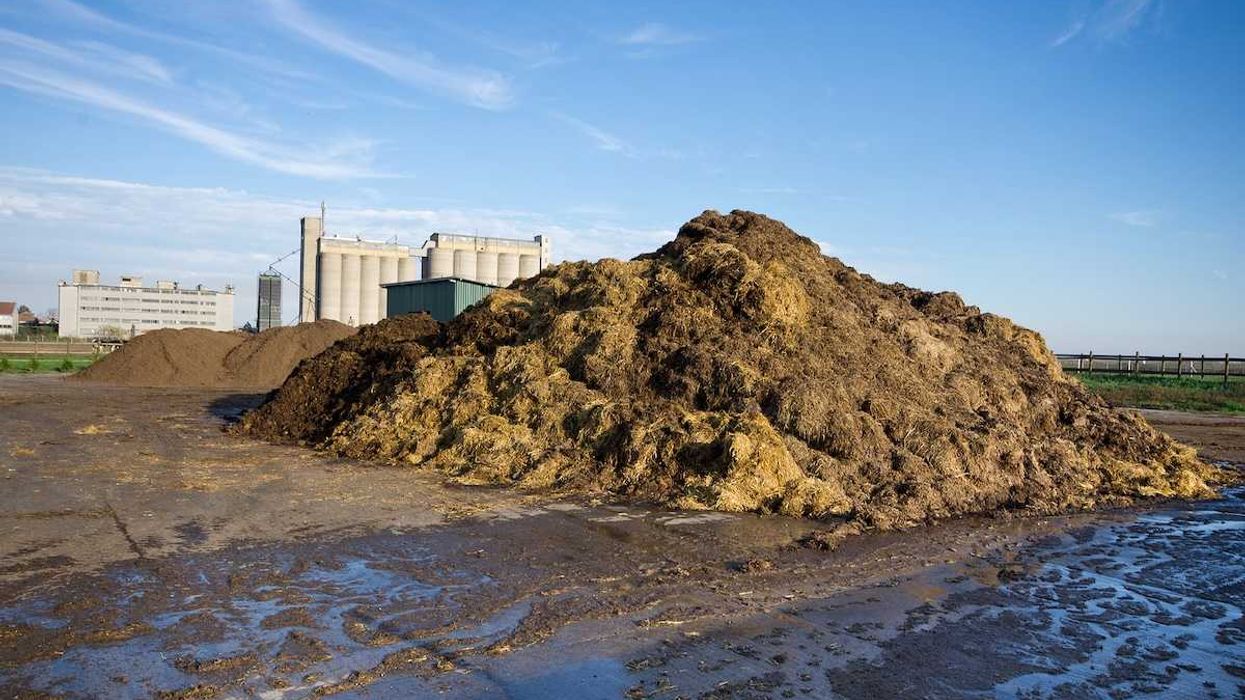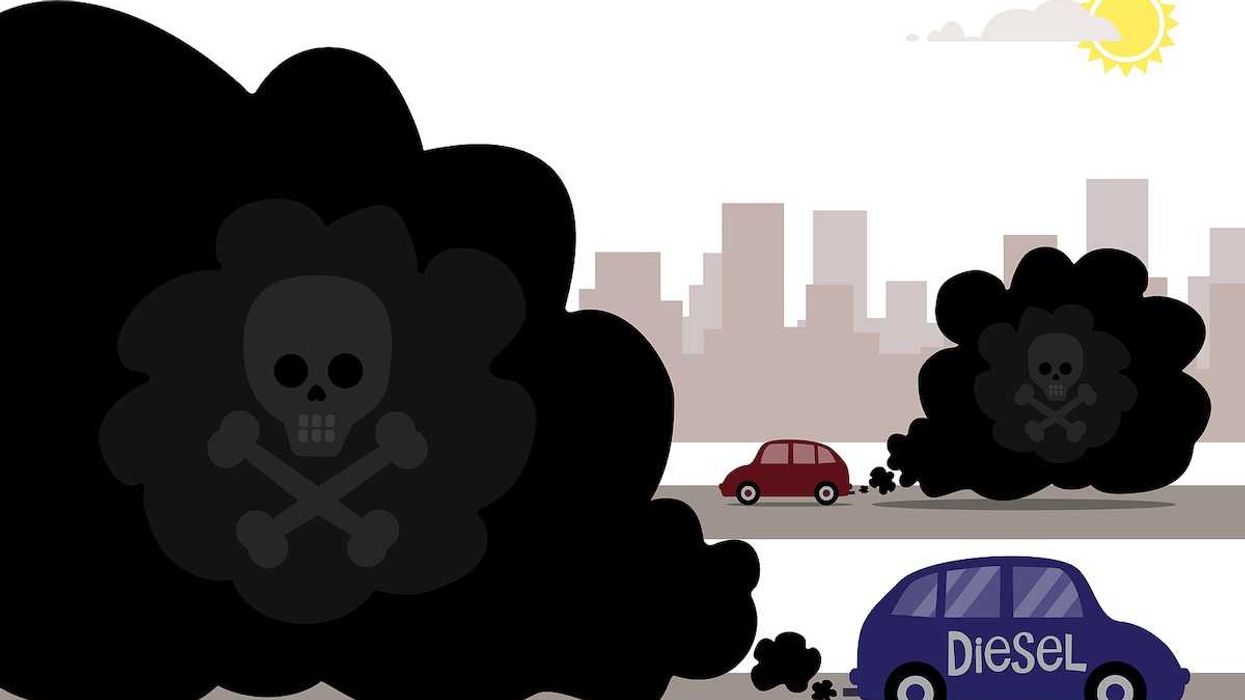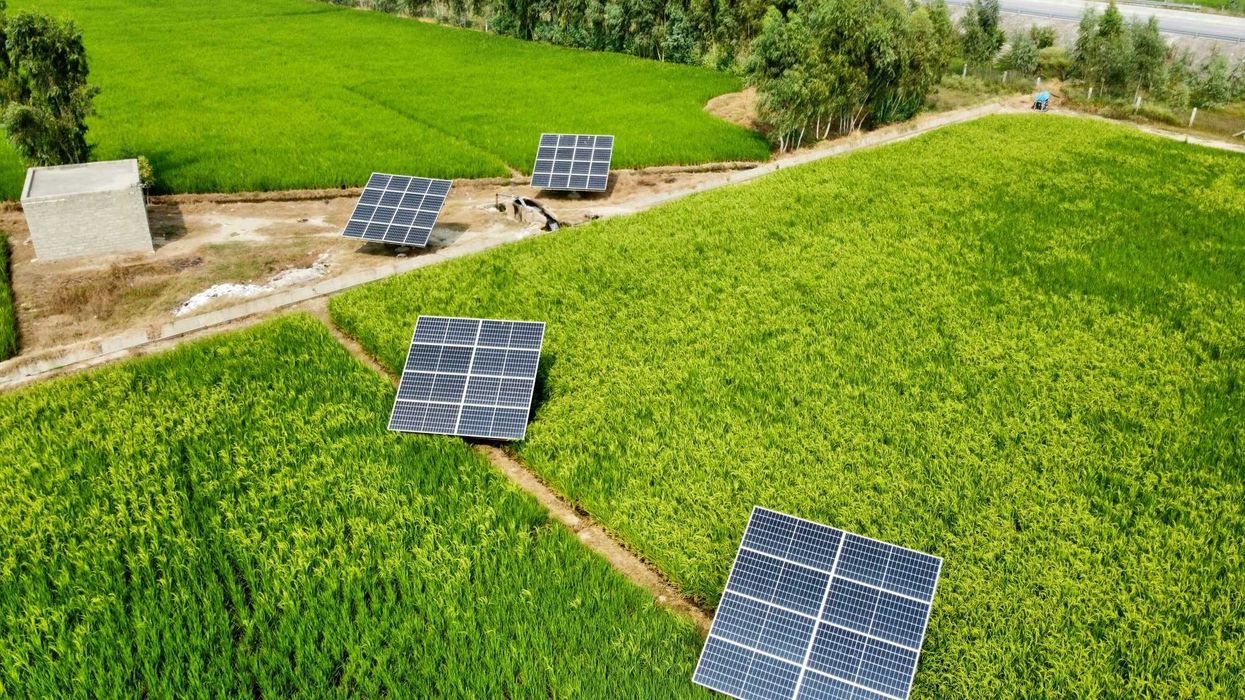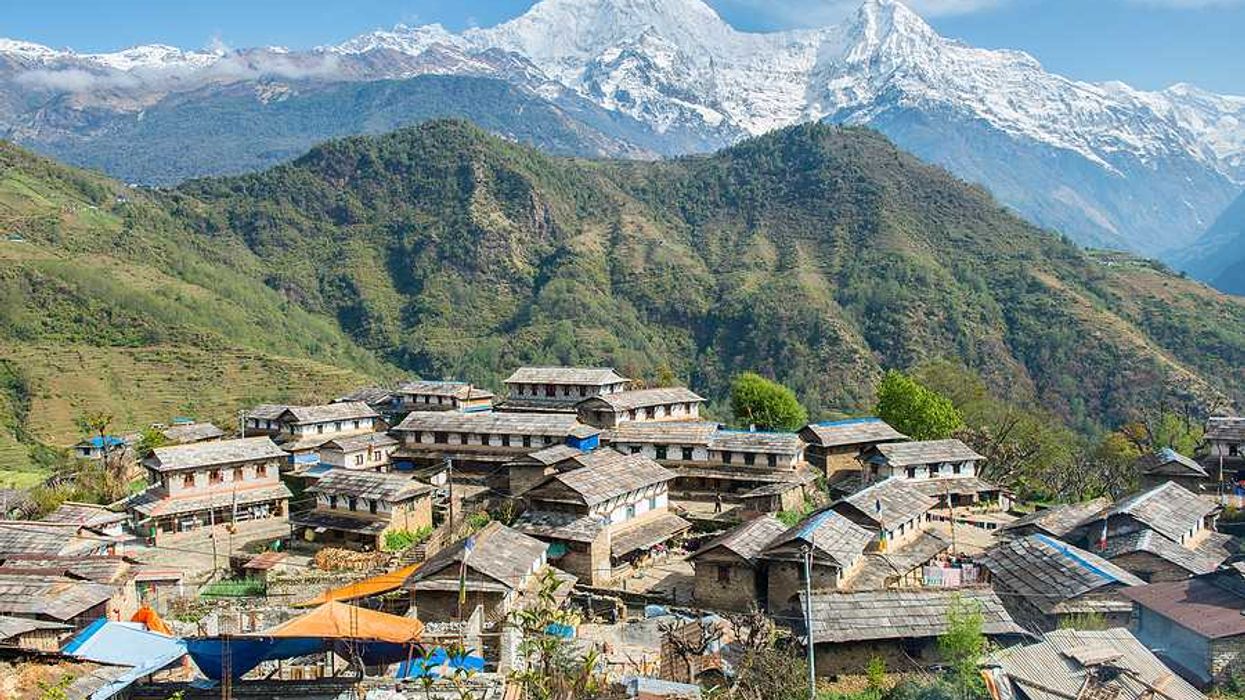Green burials, which avoid embalming fluids and synthetic caskets, are gaining ground across the U.S. as environmentally conscious Americans seek simpler, lower-impact alternatives to conventional funeral practices.
Paula Span reports for The New York Times.
In short:
- The number of cemeteries offering green burials has grown from 150 in 2016 to nearly 500 in 2025, with conservation burial grounds like Larkspur working alongside land trusts to preserve natural landscapes.
- Although cremation remains more common due to cost and convenience, interest in green burial is increasing, particularly among aging baby boomers seeking environmentally aligned end-of-life choices.
- Green burials eliminate embalming chemicals, metal caskets, and concrete vaults, instead using biodegradable materials and often involving loved ones directly in burial rituals.
Key quote:
“There are ramifications for all three processes that we can avoid by simply putting a body in the soil.”
— Lee Webster, former president of the Green Burial Council
Why this matters:
Conventional burial and cremation both leave environmental footprints. Embalming fluid contains formaldehyde, a probable human carcinogen, while cremation releases carbon dioxide and mercury. As land becomes scarce and ecosystems strain under human activity, green burials offer a low-impact return to the soil. They also reflect a cultural shift toward more sustainable, personalized end-of-life practices. Rather than isolating death in sterile settings, green funerals invite families to take part in intimate, meaningful ceremonies. These choices reduce toxic waste, conserve energy, and in some cases, protect open land from development.
Related: New Jersey lawmakers push to keep crematories away from homes and schools
















